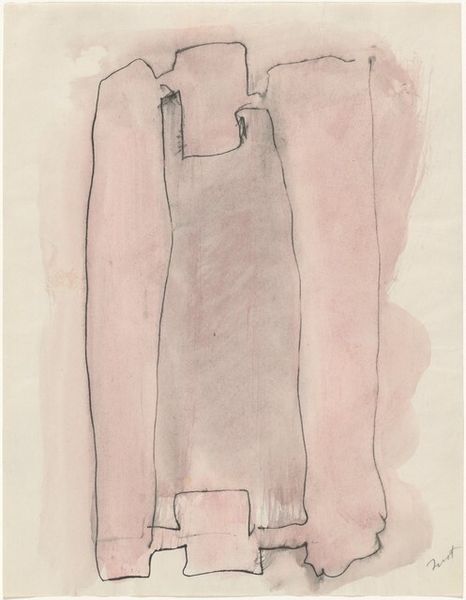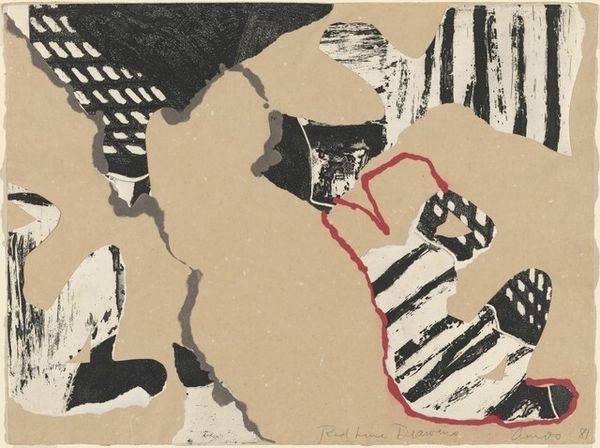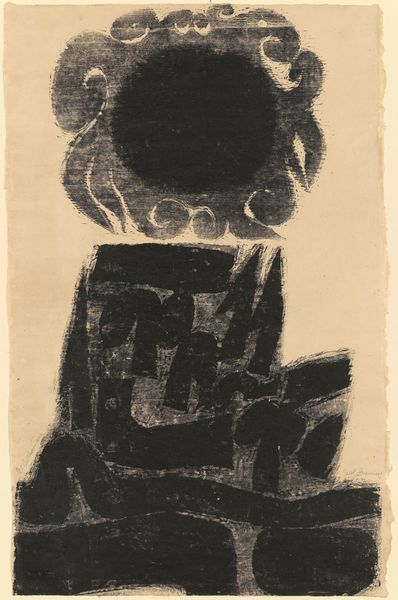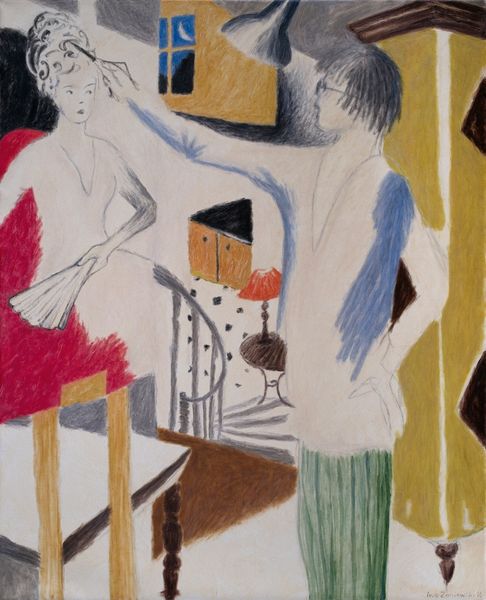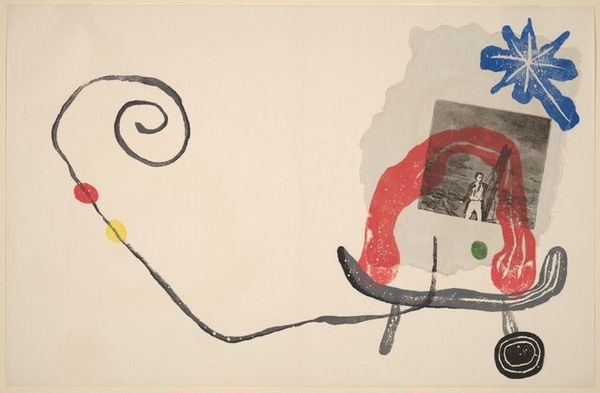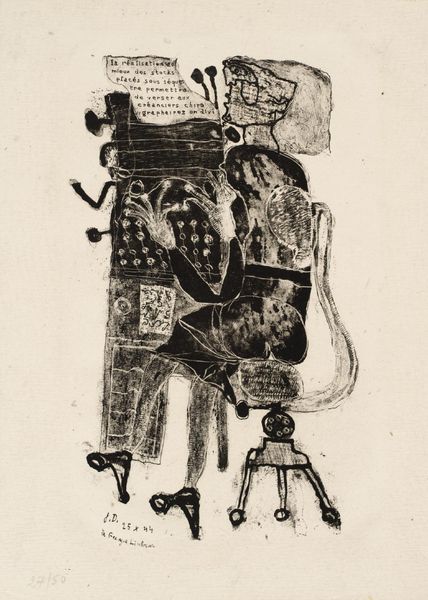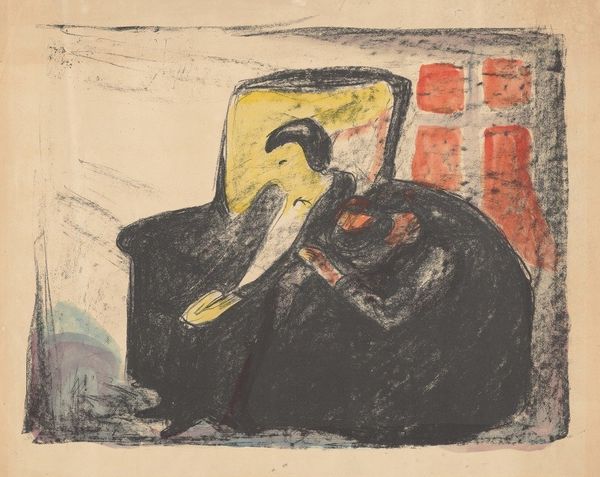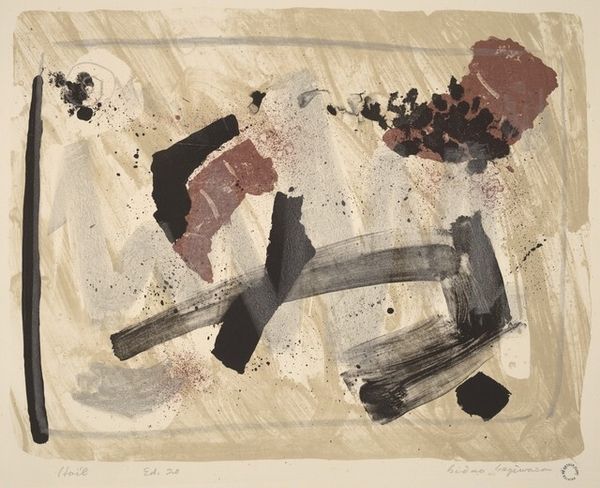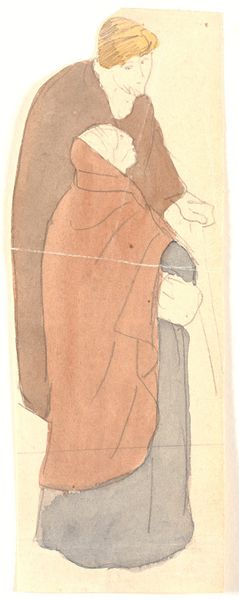
Dimensions: 12 5/8 x 17 3/4 in. (32.07 x 45.09 cm)
Copyright: No Copyright - United States
Editor: So, here we have Pierre Bonnard’s "L'Enfant à la Lampe," a lithograph from around 1897 currently at the Minneapolis Institute of Art. There's such a strong feeling of domesticity, but almost to the point of feeling claustrophobic – the lamp is huge, and really close to the child. What's your interpretation of it? Curator: Well, beyond the intimacy suggested by Intimism, consider what Bonnard is doing with the public image of childhood. He’s exhibiting this very private scene in a public institution, the art museum. In an era with shifting social norms and the rise of mass media, genre scenes took on new meanings when displayed so deliberately. Editor: That's an interesting point! I hadn't considered that presenting this kind of domestic moment in a museum would be that… transgressive, for lack of a better word. Curator: Transgressive is too strong. But how does he subtly reinforce societal values regarding children, privacy and comfort, especially through the use of a very new device like electric lighting? Editor: I suppose by normalizing it. It shows a privileged scene, that middle-class existence, using new technologies… What about his technique, the way he used the lithographic crayon almost sketchily, rather than making a highly polished image? Curator: Exactly. And that sketchiness plays directly into his marketing. How is he trying to market and perhaps sanitize Parisian middle-class family life? To what extent are his clients likely buying not merely a pleasing image but a simulacrum of “the good life?” Editor: Right. This artwork has certainly challenged my perception of impressionism; there’s a political element here that I totally missed initially! Curator: Indeed. Seeing art as inherently intertwined with historical, social and institutional contexts always adds more to the experience.
Comments
No comments
Be the first to comment and join the conversation on the ultimate creative platform.

